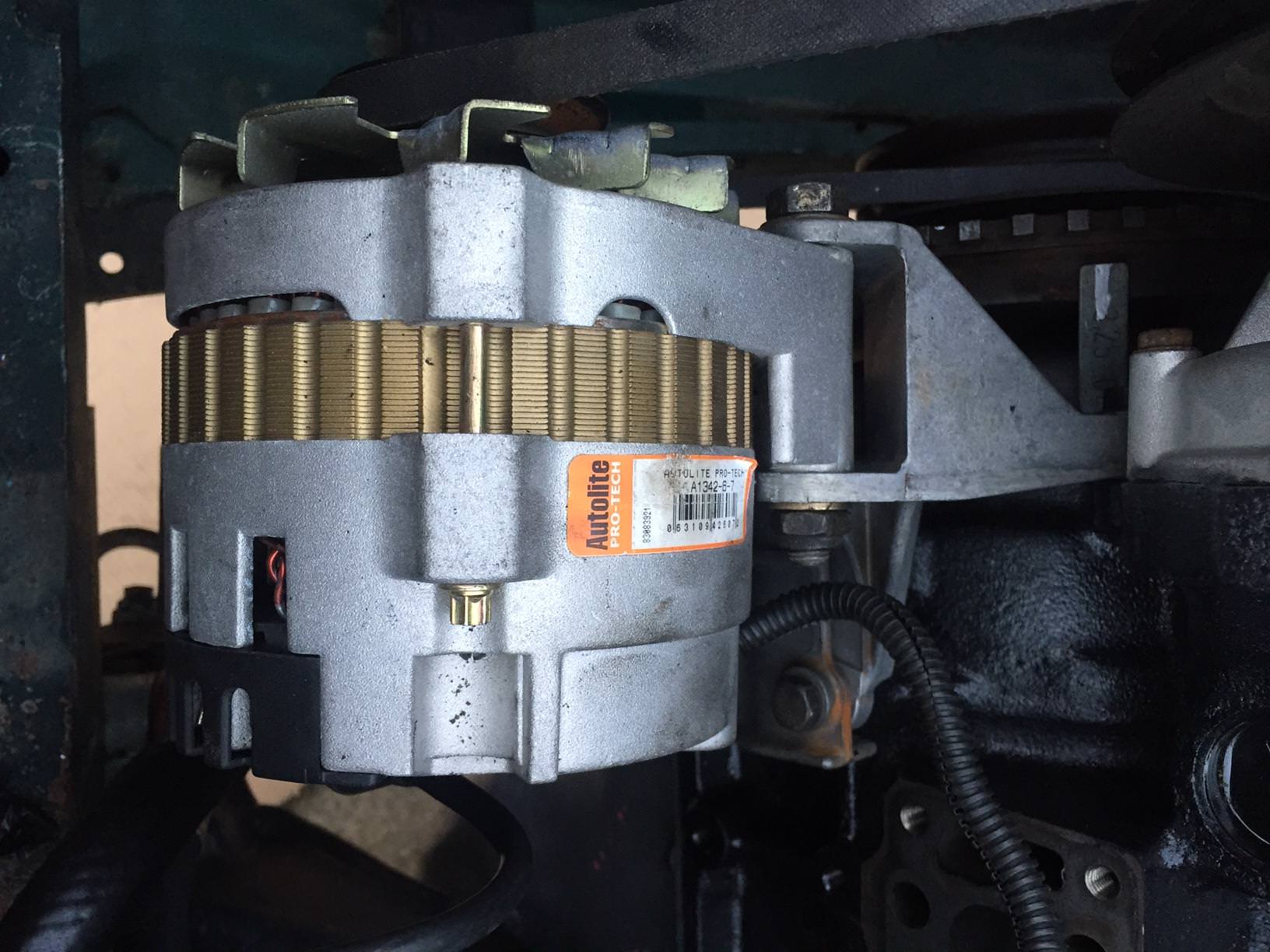Thanks, Steve. Makes perfect sense. With a stock engine and dizzy, 31-35 total initial plus mechanical, all in by 3,500, and another 12-16 vacuum advance at light throttle cruise.
These numbers are what I am used to seeing with most 60's/70's street engines. The only exception might be that total initial and mechanical is usually all in by 3,000 or earlier...but most older street engines don't spin like an M30

I would guess you are only adding 8 vacuum because your mixture is a little richer at cruise than stock and you don't want to "light the fire" as early as you would with a stock engine and stock carbs?


